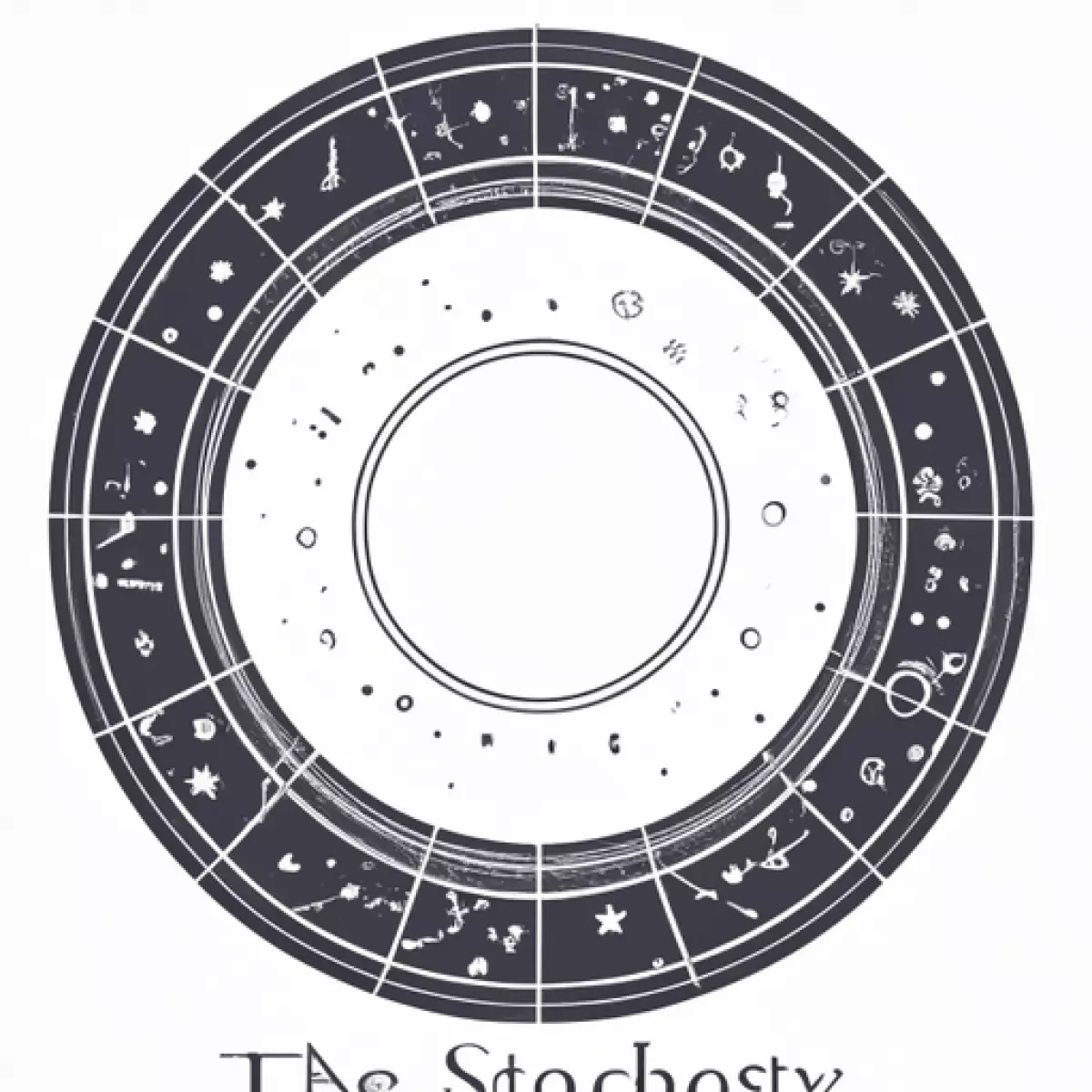
Welcome, astrology enthusiasts! Today, we embark on a journey to explore the captivating realm of sidereal astrology. While you may be familiar with the more widely known tropical astrology, sidereal astrology offers a unique approach that takes into account the actual positions of the stars and constellations in the sky. Let's delve deeper into what sidereal astrology is and how it differs from its tropical counterpart.
What is Sidereal Astrology?
To put it simply, sidereal astrology is a branch of astrology that considers the real positions of the stars and constellations in the sky. While tropical astrology determines your zodiac sign based on the position of the Sun at the time of your birth relative to the Earth's seasons, sidereal astrology looks at the backdrop of fixed stars in relation to our planet.
So, what sets sidereal astrology apart from tropical astrology? Let's explore further.
The Sidereal Zodiac
In sidereal astrology, the zodiac is divided into twelve equal parts, just like in tropical astrology. However, the crucial difference lies in how these divisions are determined. In tropical astrology, the divisions are based on the seasons, while in sidereal astrology, they are based on the actual constellations.
Each division in sidereal astrology corresponds to a specific constellation that aligns with a certain part of the sky. These constellations have been observed by astronomers for centuries and possess their own unique characteristics and meanings.
Vedic Astrology and Sidereal Astrology
One of the most well-known forms of sidereal astrology is Vedic astrology, also known as Jyotish. Vedic astrology originated in ancient India and has been passed down through generations. It is deeply rooted in Hindu culture and is often used to guide important life decisions.
Vedic astrology places great emphasis on the concept of karma and how it influences our lives. It provides detailed and comprehensive insights into various aspects of life, including relationships, career, health, and spirituality.
Ayanamsa: The Key to Precision
In order to accurately calculate the positions of the constellations, sidereal astrologers employ a tool called the ayanamsa. The ayanamsa is an adjustment factor that accounts for the slight shift in the Earth's axis over time.
This adjustment is necessary because the stars and constellations are not fixed in relation to our planet due to the Earth's precession. The ayanamsa ensures that the positions of the constellations are aligned with the current coordinates of the stars in the sky, providing a more accurate reading.
Embracing the Constellations
One of the most exciting aspects of sidereal astrology is the opportunity to explore and connect with the unique qualities of the constellations. Each constellation has its own mythology, symbolism, and energy that can offer valuable insights into our lives.
For example, if you were born with the Sun in the constellation of Aries, you may exhibit strong leadership qualities and a pioneering spirit. On the other hand, if your Sun is in the constellation of Pisces, you may possess heightened intuition and compassion.
Final Thoughts
Sidereal astrology opens up a whole new world of possibilities for exploring the celestial influences on our lives. Whether you're drawn to the precision of Vedic astrology or simply curious about the constellations and their meanings, sidereal astrology offers a unique perspective that can deepen your understanding of yourself and the world around you.
Remember, astrology is not meant to define who we are, but rather to guide us and provide insights into our potential. So, embrace the constellations, explore the stars, and let the wisdom of sidereal astrology illuminate your path!

What Is Sidereal Astrology?
Astrology has long captivated the human imagination, offering insights into our personalities, relationships, and even our future. In the vast realm of astrology, there exists a lesser-known approach called sidereal astrology.
Sidereal astrology, also known as Vedic astrology, is an ancient practice originating from India. It differs from the more commonly known tropical astrology, which is used in Western astrology.
So, what sets sidereal astrology apart from tropical astrology? The key difference lies in how the zodiac is defined.
The Sidereal Zodiac
In tropical astrology, the zodiac is based on the position of the Sun relative to the Earth's seasons. This means that the tropical zodiac aligns with the seasons, with the vernal equinox marking the start of Aries season.
On the other hand, sidereal astrology uses the sidereal zodiac, which is based on the position of the stars and constellations in the sky. Instead of aligning with the seasons, the sidereal zodiac aligns with the actual positions of the constellations.
Each sign in the sidereal zodiac corresponds to a specific constellation, such as Aries to the constellation of the same name. This means that the dates for each sign in sidereal astrology may slightly differ from those in tropical astrology.
The Ayanamsa Factor
Another important aspect of sidereal astrology is the use of the ayanamsa, a Sanskrit term meaning "the gap between." The ayanamsa represents the difference between the tropical and sidereal zodiacs.
Due to the precession of the equinoxes, the Earth's rotational axis slowly shifts over time. This shift causes the position of the constellations in the sky to change. The ayanamsa is used to adjust the sidereal zodiac to account for this shift.
Different ayanamsa systems are used in sidereal astrology, each with its own calculation method. The choice of ayanamsa can slightly alter the zodiac positions and interpretations in sidereal astrology.
What Can Sidereal Astrology Tell Us?
Like tropical astrology, sidereal astrology provides insights into our personality traits, relationships, and life events. It uses the positions of the planets and the zodiac to create birth charts or horoscopes.
By analyzing the birth chart, an astrologer can interpret the influence of the planets and constellations on an individual's life. This can include predictions about career, love life, health, and more.
However, it's important to remember that astrology is not a science and should not be taken as absolute truth. It is a tool for self-reflection and gaining a deeper understanding of ourselves and the world around us.
If you're interested in exploring sidereal astrology, it's recommended to consult with a professional astrologer who specializes in this approach. They can provide personalized insights and guidance based on your birth chart.
Ultimately, whether you resonate more with tropical astrology or sidereal astrology is a personal choice. Both approaches have their unique perspectives and can offer valuable insights into our lives.
Conclusion
Sidereal astrology, also known as Vedic astrology, offers an alternative approach to understanding ourselves and our lives through the positions of the stars and constellations. By using the sidereal zodiac and ayanamsa calculations, sidereal astrology provides a different perspective than the more well-known tropical astrology. Whether you choose to explore sidereal astrology or stick with tropical astrology, both can provide valuable insights and guidance on your journey of self-discovery.











